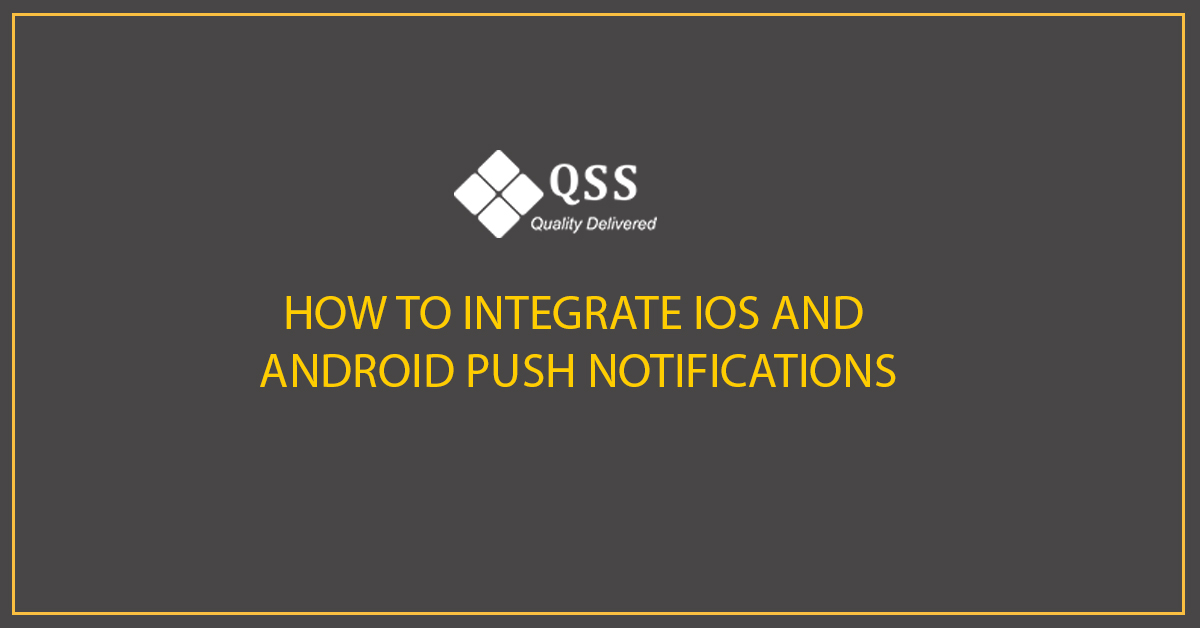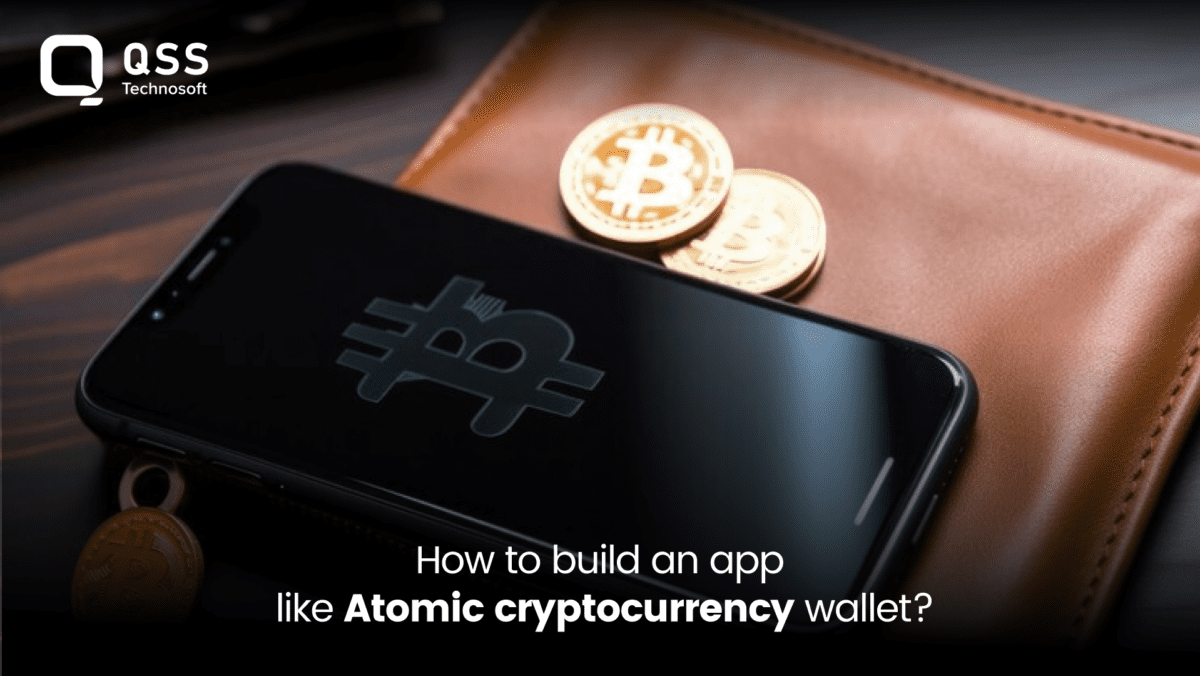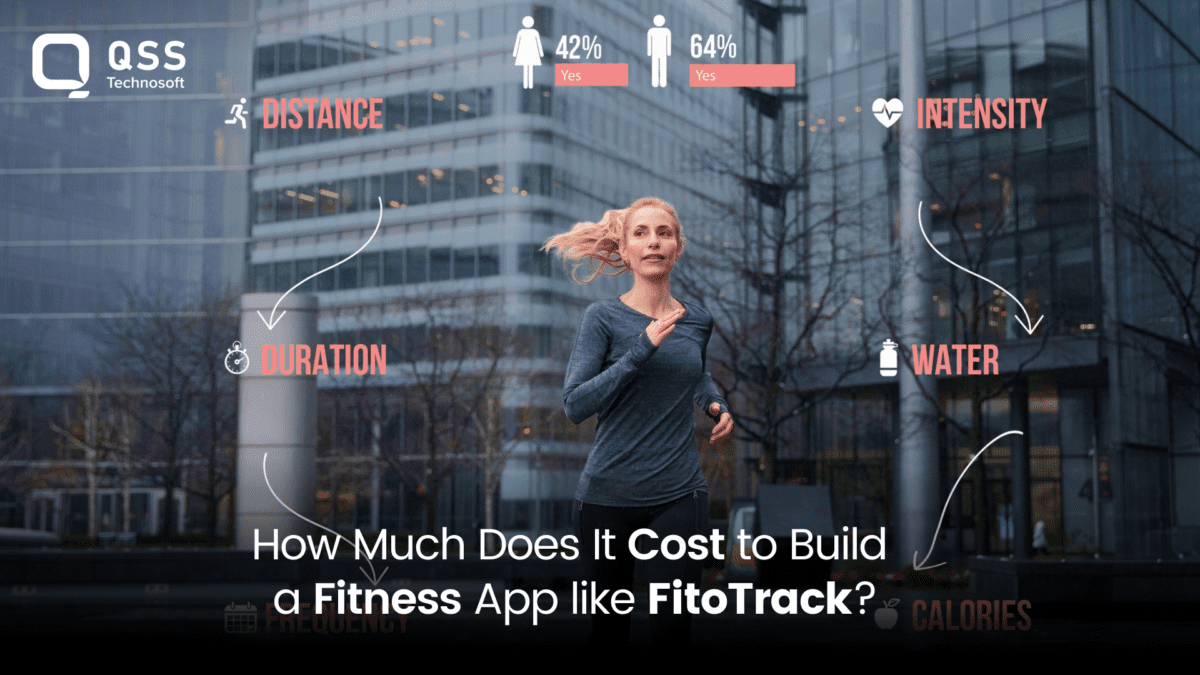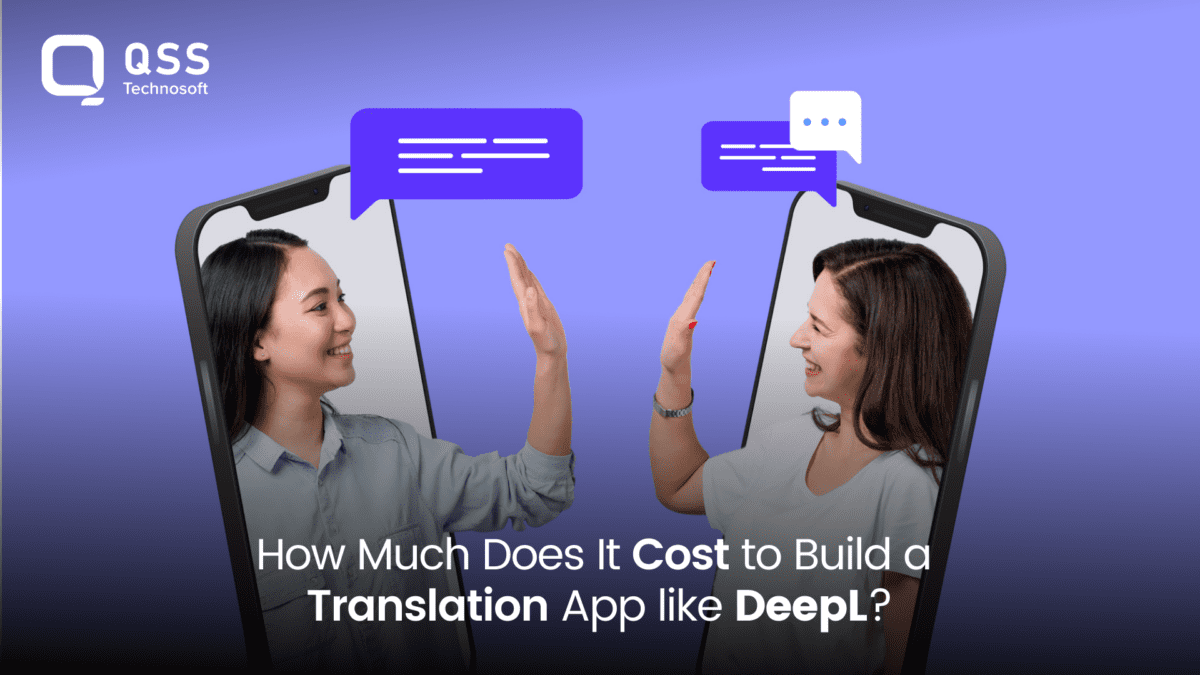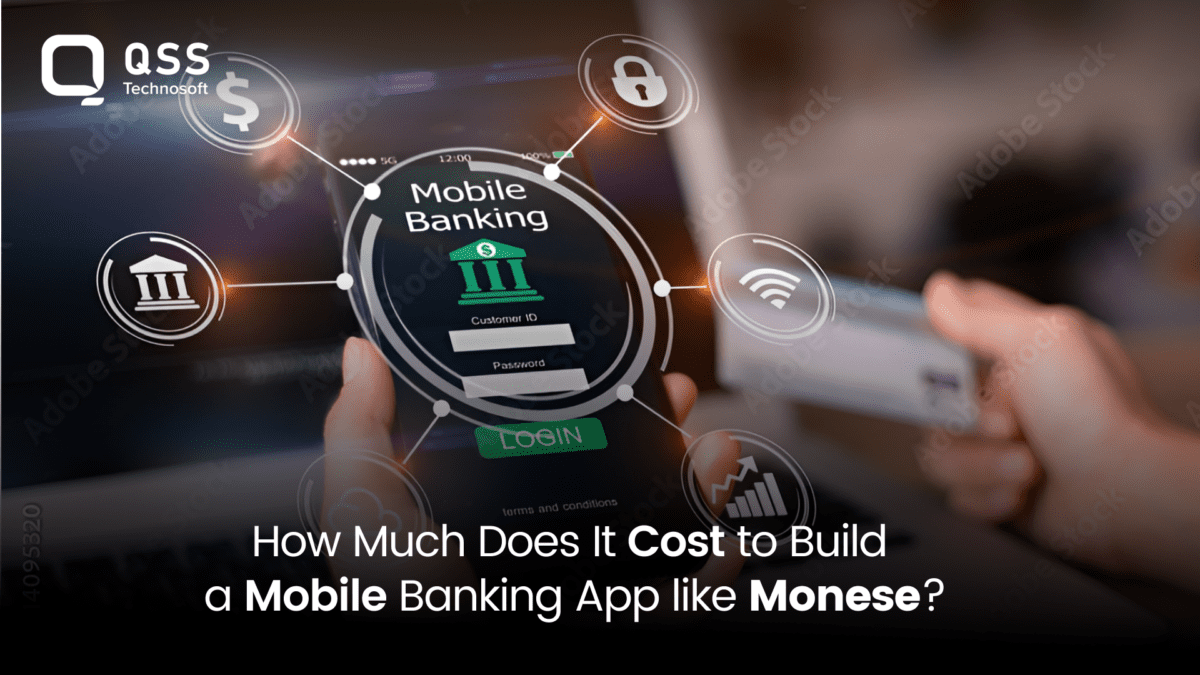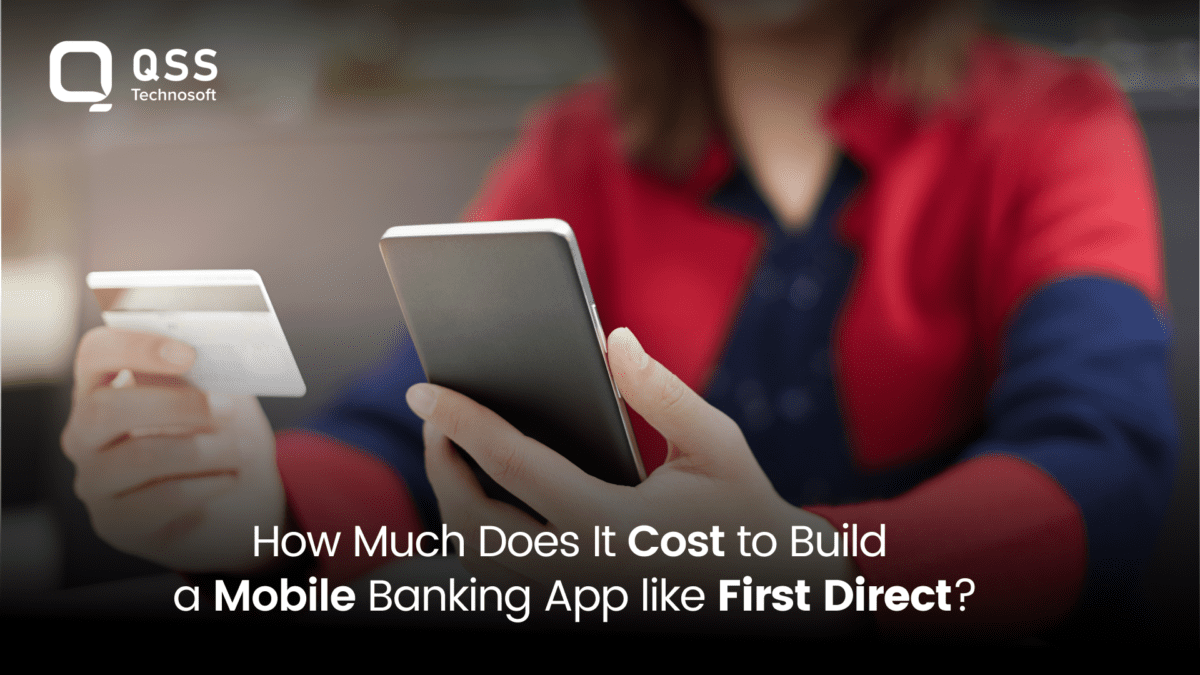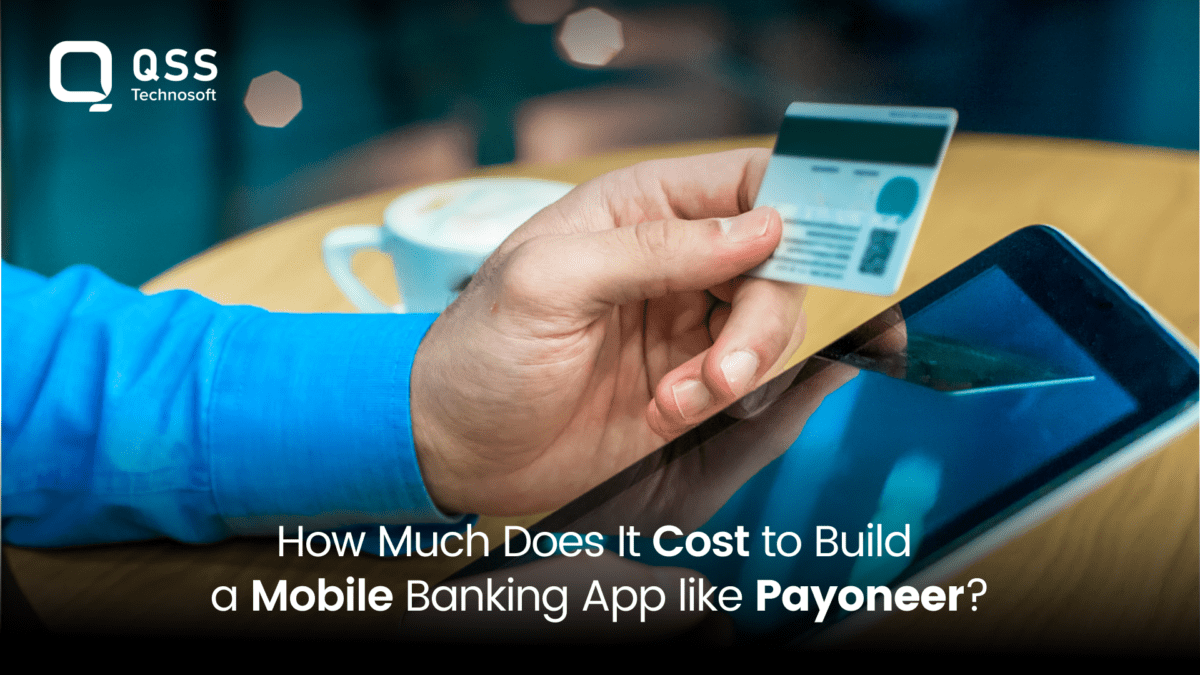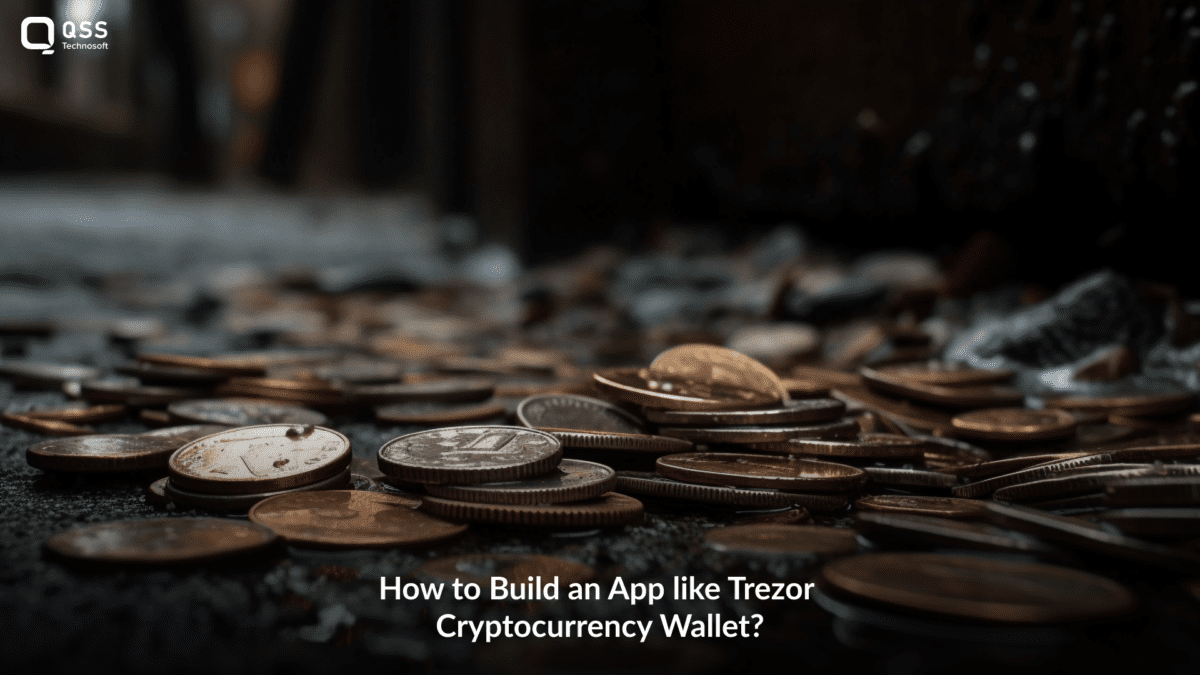In the present digital era, mobile app development is in trend to market every business quickly. Push notifications have turned into a powerful tool and provide merchants with a great opportunity to increase the users’ engagement with their business-oriented mobile app. Across the globe, all market leaders, as well as startups, are highly interested in implementing this feature in their mobile apps. The main objective of the push notification feature is to keep the prospective customers in touch with the most relevant information of the business. It ensures real-time delivery of relevant information even if the mobile apps are running in the background.
PUSH NOTIFICATION SERVICES
A push notification (also known as a server push notification) is the delivery of information to a computing device from an application server where the request for the transaction is initiated by the server rather than by an explicit request from the client. While ‘push notification’ is most often used to refer to notifications on mobile devices, web applications also leverage this technology.
GCM can be used to deliver different types of information. They may include:
– Light-weight or new messages that inform users about incoming data;
– Data payloads not more than 4KB.
– You can use GCM to set those messages by priority.
Another great thing about GCM services is the fact that they are 100% free. Moreover, you can benefit from an unlimited number of push notifications.
FCM (Firebase Cloud Massaging) makes it easy to exchange data with a single device or a few devices at the same time considering they are linked to only one user. FCM operates in the following manner:
– Once a user opens a push notification using a single device, it will automatically disappear from other devices. You will hardly appreciate reading the same notification several times on several devices.
– Several devices can exchange push notifications with each other using server. It lets users synchronize alerts and other messages on several devices at the same time.
CCS (Cloud Connection Server) is another push notification service. Here is how it works:
– Every Android device is registered on a GCM server with the help of an ID transmitted to the sender;
– Once the registration is completed, an ID is sent to Android device;
– The device will send a registration ID back to the server;
– It will be stored in the database.
ALTERNATIVE PUSH NOTIFICATION SERVICES
We have discussed some of the most popular services for Android devices. Developers may also opt for some alternative tools that can be a good choice for both Android and iOS platform. Developing your own solutions will be also a good idea in case you want to have efficient push notification features that do not rely on Google Play or other services. Some good options among major alternatives include:
– Carnival and Urban Airship – the service is a great option for cross-platform app development, although some may find its functionality a bit too complex and extensive;
– Parse – is a great idea for some more basic cases. It provides a wide selection of tools to integrate various features. However, it is hardly a good idea if you have a limited budget. The service is extremely overpriced.
IOS SERVICES FOR PUSH NOTIFICATIONS
There is no considerable difference between iOS and Android notifications. Here are the steps to handle Push Notification services on iOS devices:
– Transfer short notifications and messages
– Play sound and set badges on app icons.
It offers a great choice to use all options simultaneously or only some of them as per your need.
Here is a handy guide on how to incorporate a push notification feature in your iOS app:
– Initially, APNS receives a token request from an iOS device (Token is normally used as an address to get push notification).
– After that, a server receives tokens from the iOS device and send a push notification along with a token directly to APNS.
– APNS transmits a push notification directly to the iOS user.
WAYS TO HANDLE BADGES
Every time an iOS user receives a push notification or any other new information, he or she will find red circles in the corner of the application icon. Those badges inform you about the latest updates, push notifications and other relevant information including missed calls, upcoming events, news, and new messages.
The main problem many developers and users face is the fact that the number of news messages inside the app does not always coincide with the number of pages on the icon. This fact appears to be rather confusing and irritating for users. You will hardly like it to get a push notification about the message you do not actually have. For this reason, it is vital to bind the badge count with the number of new messages inside the application.
The server plays a vital role whenever it comes to an accurate badge count. It is actually responsible for the number of badges sent to the device. The process of reminding the server about the reduction of badges as well as new messages is very simple. All you need is to:
– Regularly update the badge count;
– Make the server know that the information was received and read.
Sometimes, the problem of inaccurate badge count results in failed delivery to the server. Keep in mind that the badge count can be updated locally. This fact is great unless the server fails to receive the request. The failure can result in poor internet connectivity or any other technical issue. The only solution to this problem is to keep all the updates of the badge counter locally and resend them every time you detect a delivery failure.
GET USER’S PERMISSION TO SEND PUSH NOTIFICATIONS
Despite the fact, a push notification feature is a handy tool for both developers and mobile users, you need to get their permission to send them notifications. You need to send your user a request asking to allow push notifications on the given device. If he or she will press “Don’t allow” button, your push notification feature will be limited.
However, there is always a slight chance to cheat and outwit the system in order to avoid possible limitations for the push notification feature. All you need to do is to think of some other options in the request that would be more appealing to you. For example, the request may include the following options: “Allow”, “Later” and “Yes”. A user will have no other choice but to provide necessary permission.
It is great if a user presses “yes” or “allow”. On the other hand, a “later” button should not disappoint you. At least, the request was not 100% rejected. You still have a chance to make your feature work at its full swing with no limitations in the future.
About QSS:
QSS Technosoft has a proven track executing React JS applications for its esteemedcustomers. The company has a core competency in developing and deliveringEnterprise level React JS applications. The React JS competency has experiencedand dedicated team of React JS developers.
